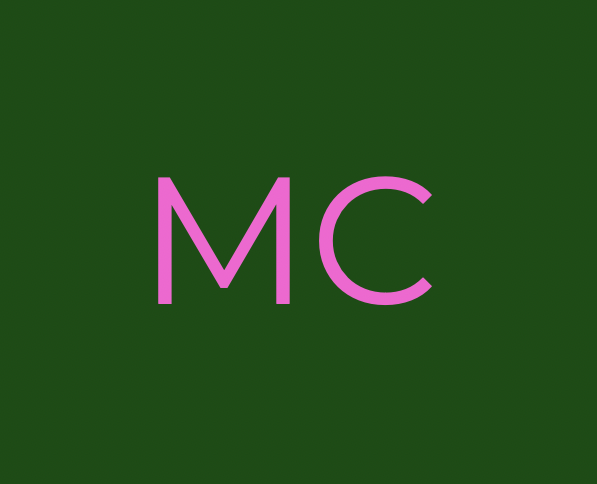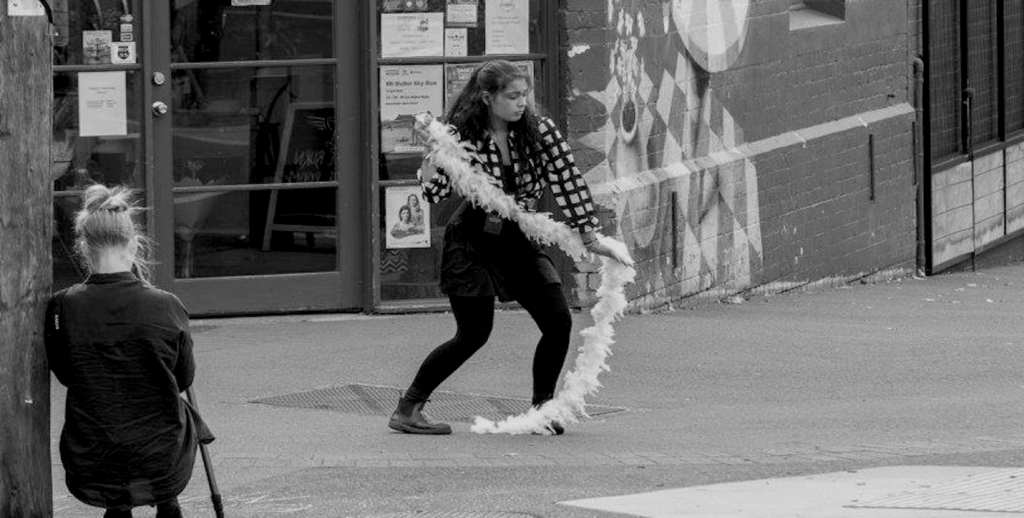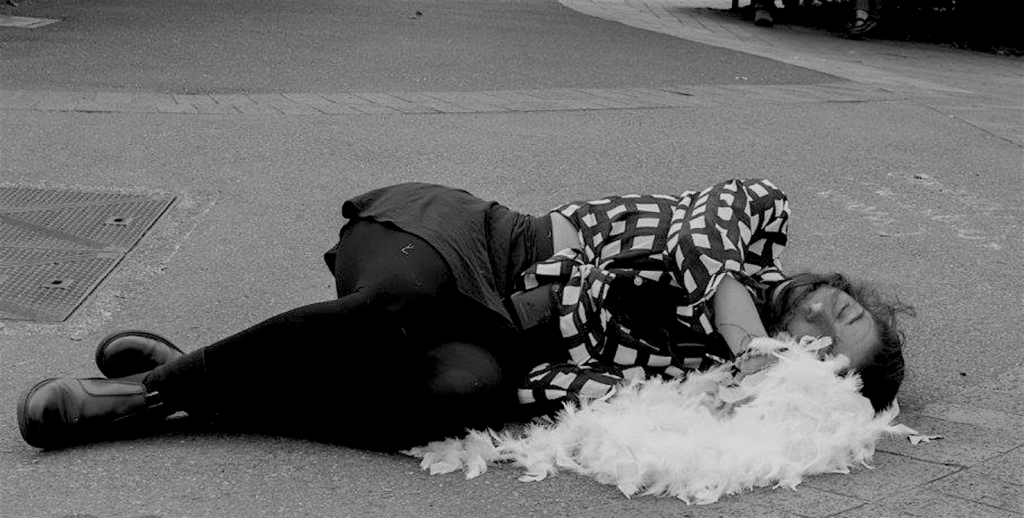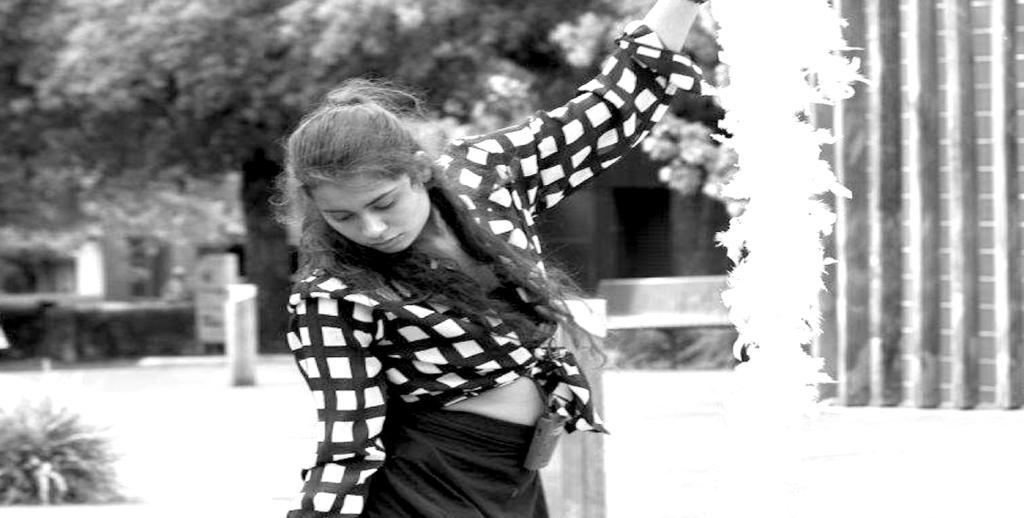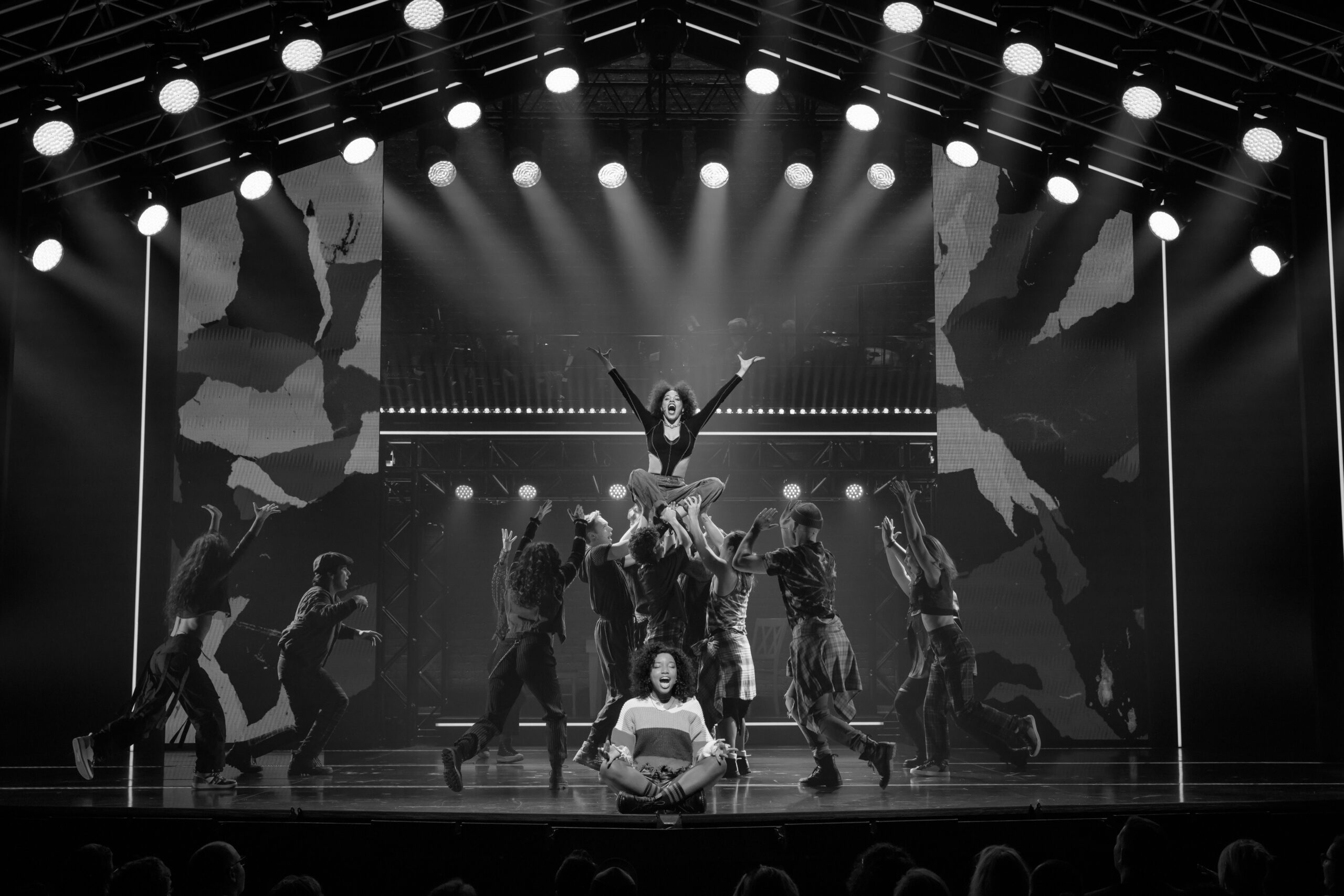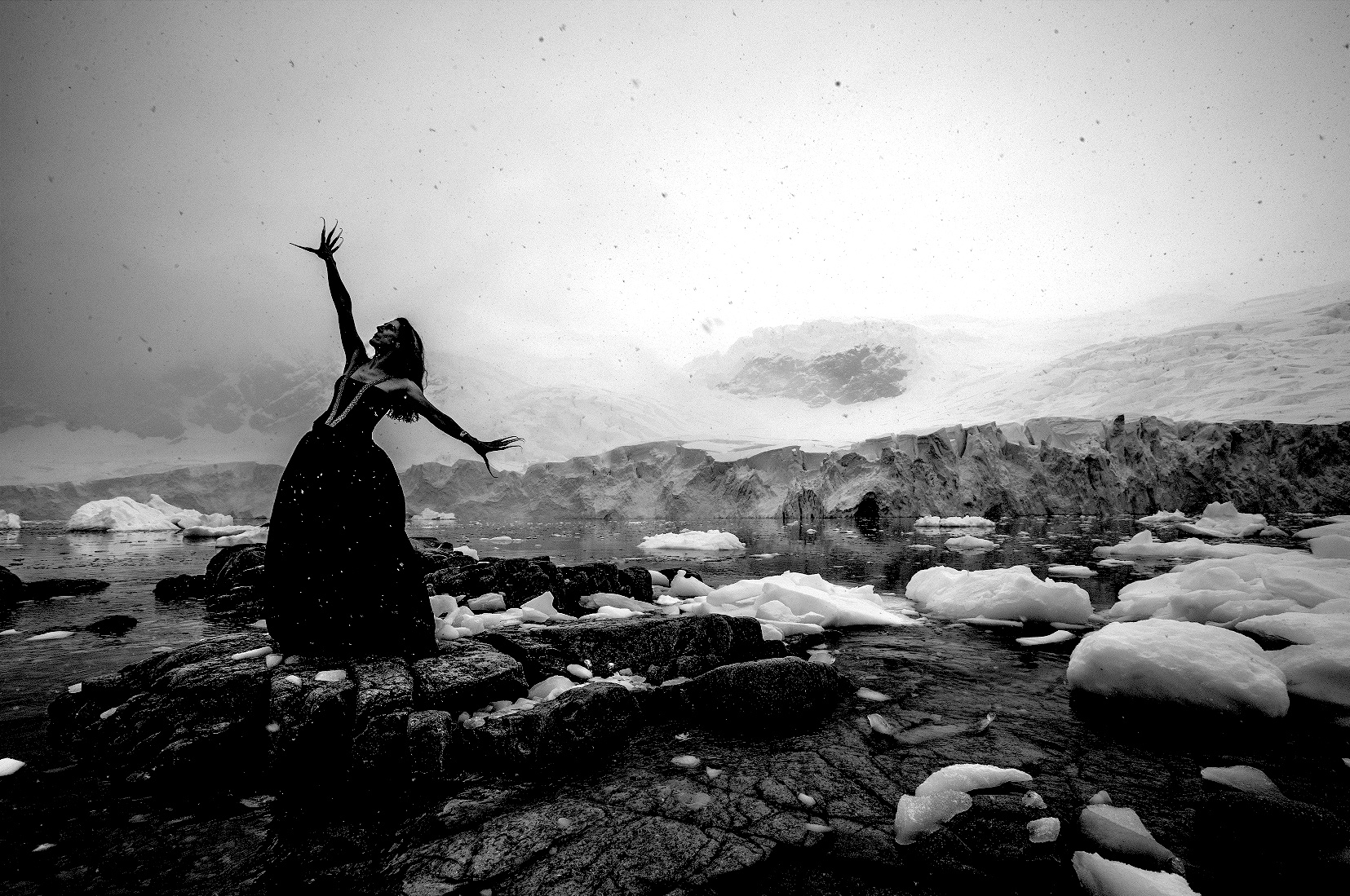WHERE IT HAPPENED
Dance in the public domain, dance and the everyday, dance histories, cultural memory and identity memories, the people, and the places that define. This Is Where It Happened, is a dance performance that seeks to trance then re-tell the intricate dance history and story of the community found in the Lilydale and Yarra Ranges. No small undertaking, Gülsen Özer the creative force behind this project has chosen evocative text spoken by the multiple voices of community elders gathered by Özer during her research and development. These melded with iconic sound samples; the voice of Dame Nellie Melba against the sound of Murrundindi of the Wurundjeri people, playing didgeridoo. Özer herself is a mix of multiple cultures; tracing her mother’s family lineage back to her Aboriginal ancestors, she also has Italian, English and Turkish provenance. The Melbourne Critique spoke with Özer about the projects multifaceted approach, community, and story telling through the physical form.
What was the genesis for This Is Where It Happened, and how best would you describe the project and its use of multi-art forms?
I was interested in ‘lifting the veil of time’ on stories about the history of a place and in particular public space – spaces that are inhabited by citizens who might not know the history of those spaces. There is a saying that ‘as you get older history becomes more important to you, because you have more of it,’ and I guess that could be said of me. This affects my values in my arts practice. As I age, learning more about where I have come from and what has come before me both personally and artistically has become something of a creative nexus. I care about the past, instances of repetition and change in history fascinate me.
At first, I was interested in unique stories that happened to individual people: a girl who became lost by a creek for example, or a pioneering female wine maker. Later, after a talk I did at the Yarra Ranges Museum for an exhibition Dance X earlier this year, in the Q&A there were these great comments coming from the local Lilydale Probus Club; they were recounting their memory of social dancing in their communities growing up. After this encounter I thought it was both ripe and relevant to research dance histories explicitly for this iteration. It seemed a great fit. So I started reaching out to the keepers of this historical knowledge.
I am also always fascinated by the place of dance in contemporary societies. Is the body hemmed in by social codes that inhibit dancing freely? Was it always so? The work positioning itself in public space is always in dialogue with these questions. I notice these shifts a lot when I travel both internationally or from suburb to suburb locally. This project kind of straddles both of these interests: how it was and how it is now to land a contemporary reimagining of the dance from the past through the memories of living elders and the bodies of young dancers.
Using sound design heard through headphones offers an immersive and intensely private listening experience: a sense of being in a secret world that only you know, understand and hear. It has a very cinematic effect in how we read the happenings around us. We can, in the absence of normal outside noise, focus or be focused in our attention to the rhythm of movement. Somehow the simplest of happenings can seem significant. It is also practical in public space to use headphones to support the ease of listening to the exceptionally detailed sound score without competing with outside noise.
The use of video animation has been chosen to give deeper historical context to the work and functions as a prologue to the live component. The animation is photo-based and uses historical pictures to give a flavour of dance history in Lilydale and surrounds. It is presented as if the audience is walking down a hallway of framed images, like you might imagine being in someone’s home. They are candid images of people and place and dancing. The use of video on hand held screens seemed to be an appropriate transportable and discreet viewing platform again for this work in public space. If the work were in a large darkened space, I would probably have used some form of projection. With site specific work, there is always the intent, the aesthetic and the functionality of each element. As there is so much happening in public space, the craft is often about finding a balance for the ‘art’ to be riding in, under and on top of the already expansive activity happening in the space: the sway of trees, other people walking through the space, children playing, birds flying across the grass. There is a tension in making a work like this between set performance material and being open to the possibility of chance and change.
Talk to us about the local area in which this work is being performed, responding to it, and the history and stories that form part of this areas fabric.
There is so much history I researched! Most of the accessible historical data that has been collected relates to the Western European narratives of dance culture. In this history, dance was central to social life; it was seen as entertaining, a way to meet people (often a partner) and a way to exercise and have fun. There were dances on almost every day of the week.
A central point for social dance was the Athenaeum Theatre located just behind the performance site. It was used for social dances, competitions and balls. The Lilydale Dance Club held fortnightly dances from the early 1900s onwards and possibly earlier, often in aid of the Red Cross or other societies. Fancy dress and masquerade dances were popular from the early 1910s onwards. Modern Dancing Championships, exhibitions of Scottish dancing, square dancing and debutante balls became increasingly popular post WWII, and in the 1950s, debutante balls as a social event and as a marker of teenage girls’ move into adulthood were very popular. The work references the heavily gendered dress and roles prevalent in social partner dancing and the oft-told story of it being where elders met their partners. As one of the elders I interviewed said, ‘You ask anyone of my generation “where did you meet you partner” and they’d say it was either the church or the dance hall.’
Also included in the work is story and history shared with me by Murrundindi, Gary Hunter Elder and head man (Ngurungaeta) of the Wurundjeri people. Murrundindi gives an important and incredibly valuable perspective: a personal and historic account of how Aboriginal dance was affected by colonisation. The work wouldn’t have the depth I longed for without his contribution.
I guess the work is at once a celebration of dance and a lament to the lost or diminished dance art forms. These comments or utterances sit side by side in a delicate balance or dance and this is where the work kind of works on the audience a bit.
Through the physicality and the language of choreography, how is the art of storytelling extended upon?
The dance extends the aural narrative by choreographing and placing the audience in the landscape. As they sit in a central location in public space, they are observing and being observed. The gaze is complicated and offers multiple readings of the performance, where and when it is happening.
The dancers and choreography give subtle commentary, or rather perhaps develop a dialogue with the voices and sounds in the sound score, giving additional and sometimes contrasting information about the story. Sometimes they are enacting and embodying the story. Other times they are abstracting or animating specific elements or ideas. Sometimes they maybe poke fun, sometimes they are reverent, and sometimes it is their disappearance from view or ’stage’ that speaks most loudly.
The choreography also dances with the site. The dancers dance with place in relationship to the slope of the hill, and the towering tree. This affects the way the audience engages with the site, too. That is the hope: that we can see the layers in the land.
What does this project give to the local community, but also to the audience?
The project has brought a broad range of community groups together to work on a common goal. This is always exciting. Working with elders on this project, I have enjoyed seeing them reconnect with their memories and often-evident love of dance. I imagine this has been enjoyable for them, too.
The work gives the local community a unique and hopefully exciting way to engage with heritage and history. I am particularly interested in sharing the work with some of the young people and families new to the locality. My hope is that the work is impactful and meaningful and affects how they engage with, or really, how they feel in the place.
What is the future of dance? Does it still hold a place of significance in contemporary societies and communities?
Dance will save us. Yes, I think it is still really significant. I know it sounds very essentialist, but I think there is a natural urge to engage with the body and express through dance. When we look to aboriginal cultures, I think we can see this most clearly. In contemporary society and communities this urge, need, and even birthright expresses itself in a whole range of ways – ways that are culturally accepted and supported. Sometimes I think sport and fitness culture are full of would-be dancers. If only our cultural, structural, educational and economic systems valued dance more. That’s not to say that dance is better than those other physical pursuits; it’s just that I think dancers or those with the urge to dance are often funnelled by cultural forces into channelling their energy into something with a more supported pathway. I am endlessly excited by dance and long for it to continue to develop and be valued in contemporary societies and communities. I am super proud of the advocacy in the dance community and the great work going on in the dance sector to de-stigmatise dance and get people dancing.
